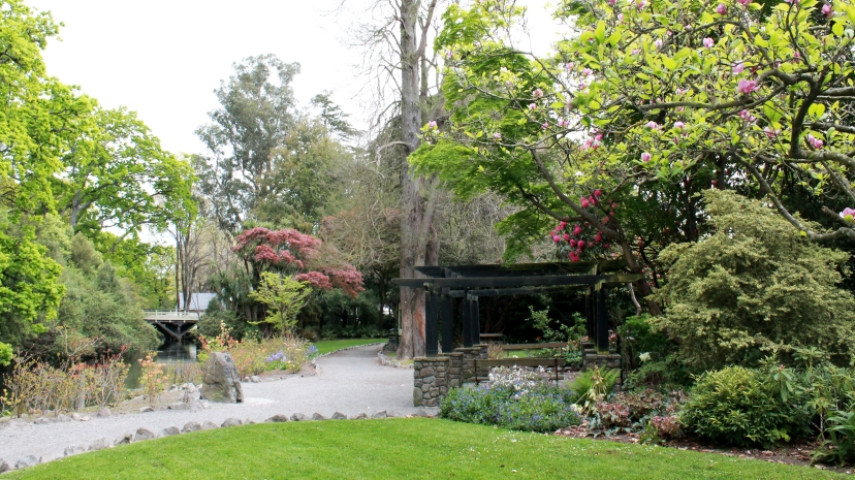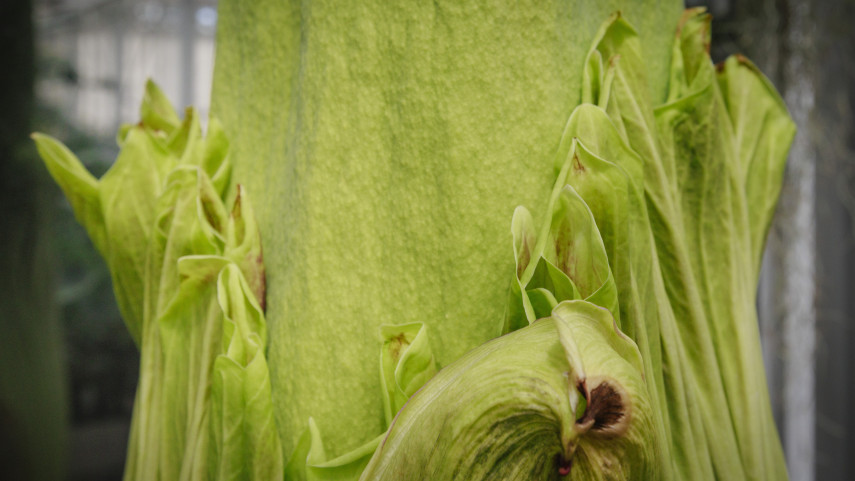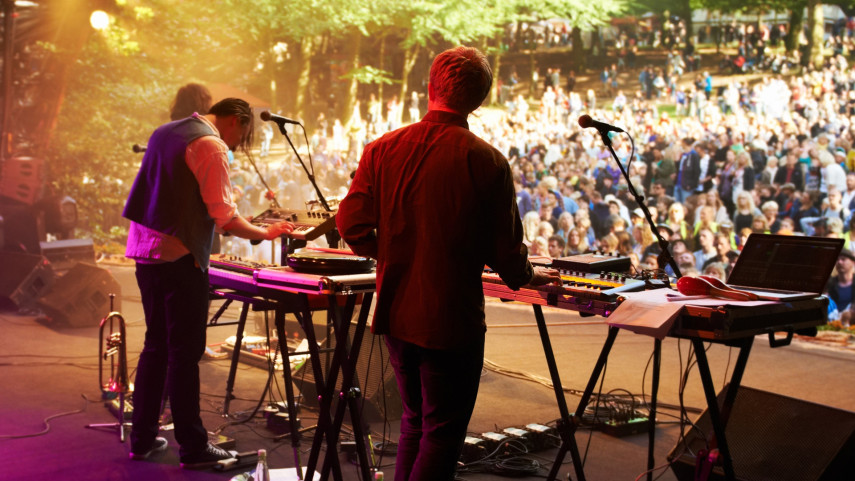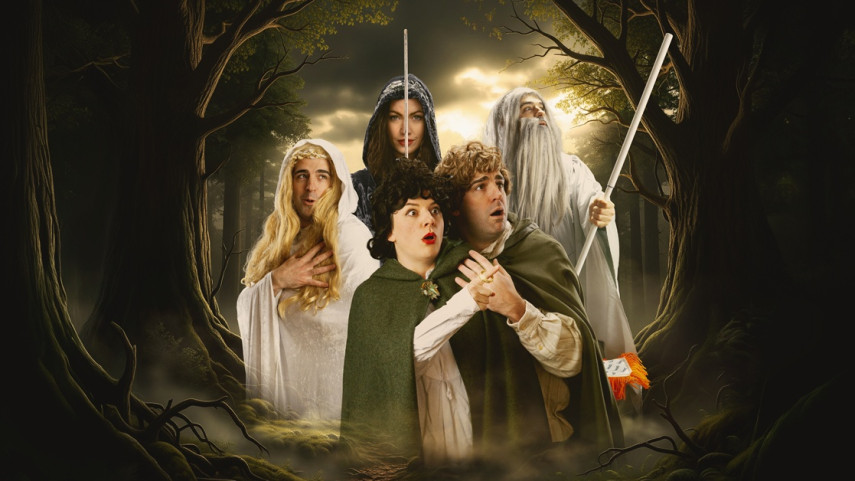Millbrook Reserve is a short walk from the city centre, located over the river from Little Hagley Park.

Access
Off Rossall Street and Helmores Lane.
There is a car park at the Rossall Street entrance and plenty of street parking on Helmores Lane.
Metroinfo(external link) has up-to-date bus information.
Dogs
Dogs must be on a leash to protect the heritage gardens.
Facilities
A drinking fountain, garden seating and a pergola that holds up to 50 people.
This peaceful and beautifully landscaped garden features two of the tallest trees in the city - a cedar and a eucalyptus.
Plantings of azaleas, rhododendrons and camellias provide a spring spectacle while the native bush section is dense and green all year round.
There are multiple pathways running through the reserve. Follow the Millbrook Reserve Walk to enjoy the highlights.
Millbrook Reserve is a delightful place for a riverside picnic and a popular venue for outdoor weddings and photography.
If your're interested in booking the pergola for your event, contact us.
Check terms and conditions [PDF, 280 KB] for booking a site at Millbrook Reserve.

Millbrook Reserve was once part of well-known Christchurch architect Heathcote Helmore’s estate.
The reserve was transformed by warden Richard Bedford Owen. Owen and his assistants ensured the best displays each season and even arranged for the illumination of some of the more spectacular shrubs at night for a time.
It was administered by various garden clubs and trusts for many years before it was handed over to the Council in the late 1950s.
In 1992, a bronze plaque set in an Oamaru stone design sculpted by Marian Fountain was placed in the reserve. In honour of the 350th anniversary of Abel Tasman's arrival on New Zealand's coast, the plaque has a true to copy pencil style drawing from Tasman's journal of his first encounter with Māori in Golden Bay. The memorial, as well as 2000 Dutch bulbs, the drinking fountain and a garden seat, was dedicated to Cantabrians by the Dutch community for the welcome given to Dutch immigrants when they arrived in the province to make it their home.
Related news

Corpse flower comes to life
Cantabrians have the chance to see a rare flowering tropical plant that smells of rotting flesh and hardly ever blooms.
15 Dec 2025
Free outdoor music returns to Botanic Gardens
Summer Sundays is back with a vibrant mix of live music at the Botanic Gardens this summer.
18 Nov 2025
Tolkien’s epic trilogy gets theatrical treatment
Buckle up for a journey to Middle Earth (and back again) as Anthony Harper Summer Theatre returns to the Christchurch Botanic Gardens this January.
31 Oct 2025